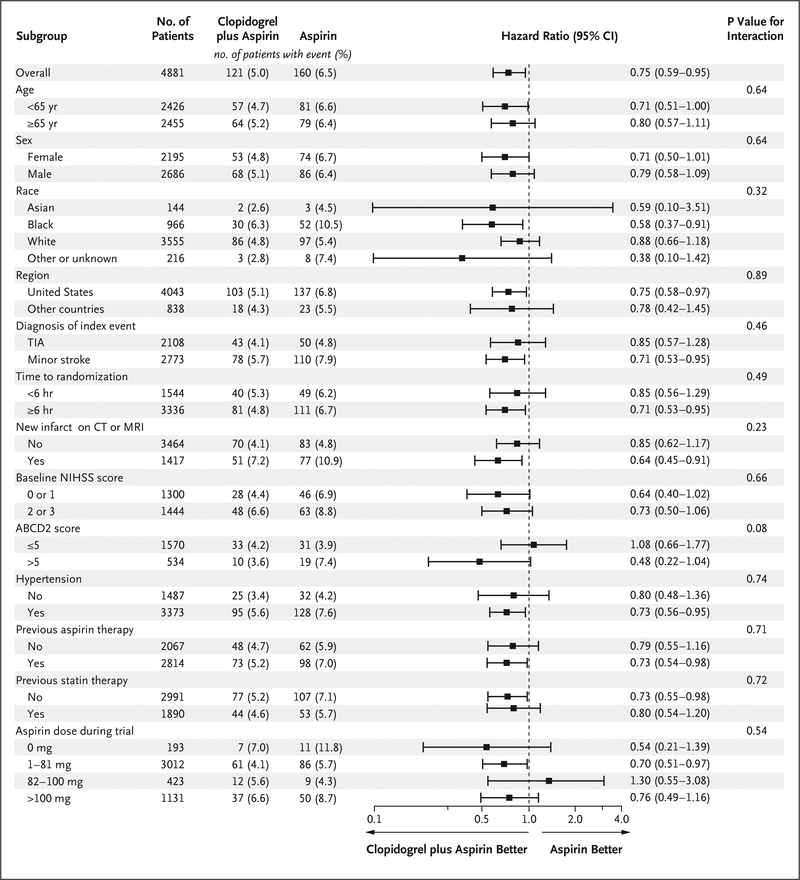Figure 3. Primary Efficacy Outcome, According to Predefined Subgroup.
Race was determined by the investigator. Among patients with ischemic stroke, the qualifying score for participation in the trial was 3 or less on the National Institutes of Health Stroke Scale (NIHSS), which ranges from 0 to 42, with higher scores indicating greater stroke severity. The NIHSS score was missing at baseline for 23 patients, and 6 patients had an NIHSS score above 3 and were excluded from the subgroup analysis of NIHSS score (score of 0 or 1 vs. score of 2 or 3). Among patients with transient ischemic attack (TIA), the qualifying score was 4 or more on the ABCD2 scale, which is used to estimate the risk of recurrent stroke on the basis of age, blood pressure, clinical features, duration of symptoms, and presence of diabetes, with scores ranging from 0 to 7, with higher scores indicating a greater risk of stroke. CT denotes computed tomography, and MRI magnetic resonance imaging.

